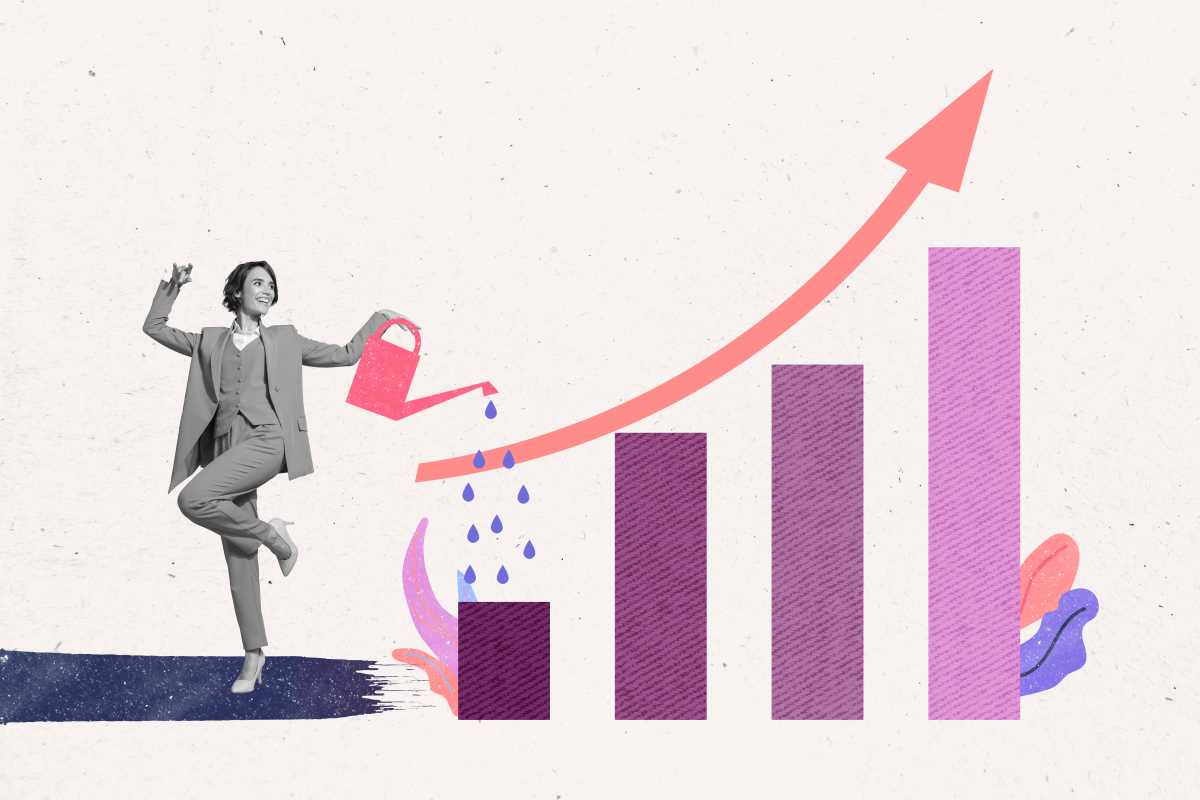Creative agencies live and breathe innovation, always on the hunt for fresh ideas that push the boundaries of what's possible in standout campaigns. With the constant juggle of multiple projects, racing against tight deadlines, and the ongoing commitment to high-quality output, these agencies often face formidable challenges. By integrating AI tools into their workflows, they can significantly boost efficiency, streamline processes, and carve out more time to focus on the creative aspects. Ambitious young professionals have a golden opportunity to harness AI's potential and elevate their creative agencies to new heights of success and originality.
Understanding AI in Creative Work
- Automating Routine Tasks: AI handles repetitive tasks such as organizing files, scheduling meetings, and managing emails, allowing team members to focus on more creative endeavors.
- Enhancing Creativity: Tools like AI-powered design assistants generate ideas, suggest color palettes, and even create preliminary drafts, serving as a springboard for human creativity.
- Data-Driven Insights: AI analyzes vast amounts of data to provide insights into consumer behavior, campaign performance, and market trends, enabling more informed decision-making.
- Personalization: AI tailors content and marketing approaches to individual preferences, ensuring campaigns resonate more deeply with target audiences.
By understanding these roles, creative professionals can better utilize AI to enhance their workflows and deliver exceptional results. Embracing AI doesn’t replace the human touch but rather complements it, allowing for a harmonious blend of technology and creativity.
Recognizing the potential of AI in creative processes encourages agencies to stay ahead of the curve. As the digital landscape evolves, incorporating AI tools becomes essential for maintaining competitiveness and meeting the ever-growing demands of clients.
Benefits of AI Tools in Creative Agencies
Integrating AI tools into creative agencies offers numerous advantages that can change the way teams operate. One of the primary benefits is increased productivity. By automating mundane tasks, AI frees up time for creative professionals to concentrate on developing innovative ideas and executing campaigns that truly stand out.
Another significant advantage is improved accuracy and consistency. AI tools analyze data with precision, reducing the likelihood of human error and ensuring that projects maintain a high standard of quality. AI also promotes collaboration by providing platforms that facilitate seamless communication and information sharing among team members, regardless of their physical location.
AI enhances scalability. As agencies grow and take on more projects, AI tools can manage the increased workload without compromising efficiency. This scalability ensures that agencies can expand their services and client base while maintaining optimal performance.
Lastly, AI contributes to cost savings. By optimizing workflows and reducing the need for excessive manual input, agencies can allocate their resources more effectively, ultimately leading to better financial outcomes and the ability to invest in further growth and innovation.
Ways to integrate AI Effectively
Successfully integrating AI into a creative agency requires thoughtful planning and careful implementation. Start by identifying the specific areas where AI can add the most value, such as project management, content creation, or customer relationship management. This targeted approach ensures that the chosen AI tools align with the agency’s objectives and address its unique challenges.
Providing comprehensive training for team members is crucial. Ensuring that everyone understands how to use the AI tools effectively maximizes their potential and nurtures a culture of innovation. Gradually implementing AI allows the team to adapt and provides the opportunity to assess the tools' impact before fully committing to their integration.
Another vital strategy is to encourage collaboration between AI and human creativity. Team members should view AI as a partner rather than a replacement, using its capabilities to enhance their work. This collaborative mindset can lead to more innovative solutions and a more dynamic creative process.
Continuously monitoring and evaluating the performance of AI tools proves essential. Regular assessments help identify areas for improvement, ensure the tools remain aligned with the agency’s goals, and allow for adjustments based on evolving needs and technological advancements.
Overcoming Challenges
- Resistance to Change: Employees may hesitate to adopt new technologies. To address this, involve the team in the selection process and provide ample training to build confidence.
- Initial Costs: Implementing AI tools can require a significant investment. Start with affordable solutions and scale up as the benefits become evident.
- Data Privacy Concerns: Ensure that AI tools comply with data protection regulations and establish clear guidelines for data usage to maintain client trust.
- Integration with Existing Systems: Choose AI tools that are compatible with your current software to minimize disruption and facilitate a smooth transition.
Addressing these challenges proactively ensures a smoother integration process and maximizes the benefits of AI tools. Open communication and continuous support are key to overcoming obstacles and maintaining a positive attitude towards technological advancements.
Staying informed about the latest AI developments and best practices helps agencies navigate potential pitfalls and make informed decisions. By anticipating challenges and preparing solutions in advance, creative agencies can successfully use AI to drive efficiency and innovation.
Incorporating AI tools can revolutionize efficiency and innovation in creative agencies, enabling ambitious professionals to elevate their work.







